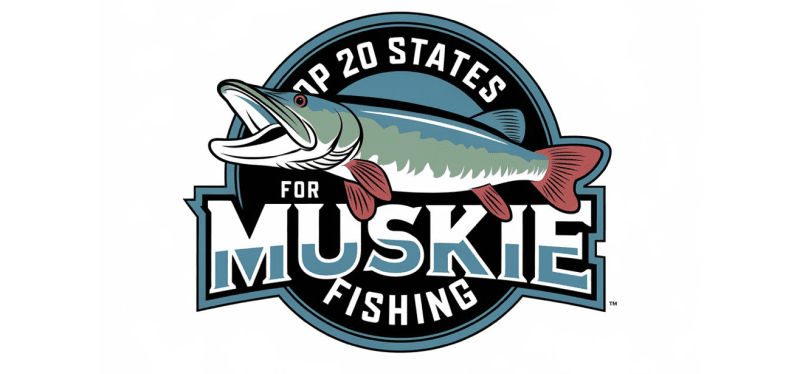Different Types of Artificial Baits for Muskie Fishing
Muskie, known as "the fish of 10,000 casts," are notorious for being selective predators. Success in muskie fishing often comes down to choosing the right artificial bait for the conditions. Here's a comprehensive guide to the most effective artificial lures for targeting these elusive trophy fish.
Bucktails
Bucktail spinners remain one of the most versatile and productive muskie baits ever created. These lures feature a metal blade that spins around a wire shaft, creating both flash and vibration, with a skirt of deer hair that pulsates enticingly in the water. The combination of flash, vibration, and lifelike movement makes bucktails particularly effective in both clear and stained water conditions.
Key features:
- Available in single and double blade configurations
- Most effective when retrieved at medium to fast speeds
- Excellent for covering water quickly
- Work well in both shallow and mid-depth ranges
Crankbaits
These hard-bodied lures are designed to imitate various prey species and come in both floating and diving varieties. Modern muskie crankbaits are typically 6-12 inches long and feature realistic paint schemes and swimming actions.
Popular styles include:
- Shallow runners for working weed edges
- Deep divers for targeting suspended fish
- Jointed models for enhanced action
- Glide baits for triggering following fish
Soft Plastics
The emergence of large soft plastic baits has revolutionized muskie fishing. These lures offer incredibly realistic profiles and natural movement in the water. Many feature internal weights or harness systems that allow them to be worked at various depths.
Common variations include:
- Swimbaits with paddle tails
- Bull Dawgs and their variations
- Tube baits in massive sizes
- Creature baits that imitate large prey
Topwater Lures
Few fishing experiences match the excitement of a surface strike from a massive muskie. Topwater lures are particularly effective during warm water periods and low-light conditions.
Popular styles include:
- Walk-the-dog style baits
- Prop baits
- Crawler-style lures
- Large buzzbaits
Jerkbaits
These lures excel when muskies are in an aggressive mood or when fish need to be triggered into striking. Jerkbaits can be worked with various cadences to imitate wounded prey.
Key types:
- Soft plastic jerkbaits
- Hard-bodied minnow-style baits
- Weighted glide baits
- Rubber-tailed jerkbaits
Spinners and Spinnerbaits
Beyond traditional bucktails, other spinner-style lures have their place in muskie fishing:
- In-line spinners with plastic bodies
- Safety-pin style spinnerbaits
- Multi-blade systems
- Hybrid spinner-jig combinations
Seasonal Considerations
Different baits excel under various conditions throughout the fishing season:
Spring:
- Smaller profile baits
- Slower-moving presentations
- Shallow-running crankbaits
Summer:
- Topwater lures
- Fast-moving bucktails
- Deep-diving crankbaits
Fall:
- Large profile baits
- Slow-moving soft plastics
- Glide baits
Maintenance and Care
Quality muskie baits represent a significant investment and require proper care:
- Regular hook replacement
- Proper storage to prevent tangling
- Touch-up painting as needed
- Leader inspection and replacement
Remember that successful muskie fishing often requires cycling through different bait types until you find what triggers strikes on any given day. Having a diverse selection of artificial baits allows you to adapt to changing conditions and fish behavior throughout the season.
Different Types of Artificial Baits for Muskie Fishing
Find the Best Lures to Attract Those Trophy Fish
Related Articles
Top 20 States For Muskie Fishing
Explore the best places across the country to catch the ultimate muskie
Top Muskie Topwater Lures
Catch More Muskies with These Must-Have Topwater Lures

